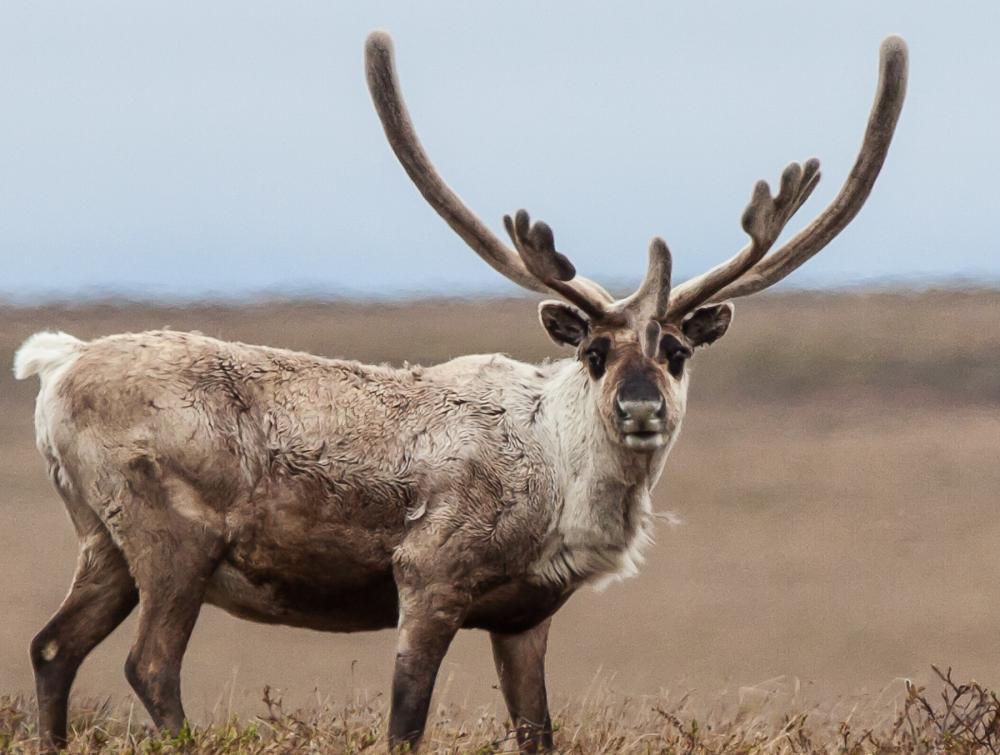BLM announces greater protections for Western Arctic

Caribou in the National Petroleum Reserve-Alaska
Bob Wick, BLM
New rule offers stronger protections for Special Areas in the Western Arctic
ANCHORAGE, ALASKA – The federal Bureau of Land Management today released new regulations that expand protections for public lands and wildlife habitat in the portion of the Western Arctic officially known as the National Petroleum Reserve-Alaska. In particular, the rule establishes important safeguards for more than 13 million acres of America’s Western Arctic.
The Naval Petroleum Reserves Production Act of 1976 requires the BLM to balance oil and gas development with the protection of fish and wildlife, subsistence, recreational, and other values. In 2013 the BLM adopted a management plan for the area that allowed leasing on 11.8 million acres of the 23 million-acre reserve while preserving subsistence resources and wildlife habitat.
In response to today’s announcement, The Wilderness Society released the following statement from its Interim State Director for Alaska, Meda DeWitt:
“We are deeply grateful that the Biden administration has taken steps to safeguard globally significant and invaluable resources, address climate change impacts, and implement stronger protections for Special Areas in the Western Arctic. The regulations announced today will benefit the Western Arctic’s wildlife and subsistence resources and the Indigenous communities that depend on them, as well as provide greater resilience against climate change.
“This rule is good news for everyone who cares about America’s public lands, and it’s even better news that it is part of a suite of new regulations being released this month that set policies for public lands, renewable energy and oil and gas development, as well as protecting the Western Arctic and its people from the destructive Ambler Road proposal. When taken together, these regulations constitute a comprehensive shift toward a more holistic conservation, climate and community-centric approach to managing public lands.”
